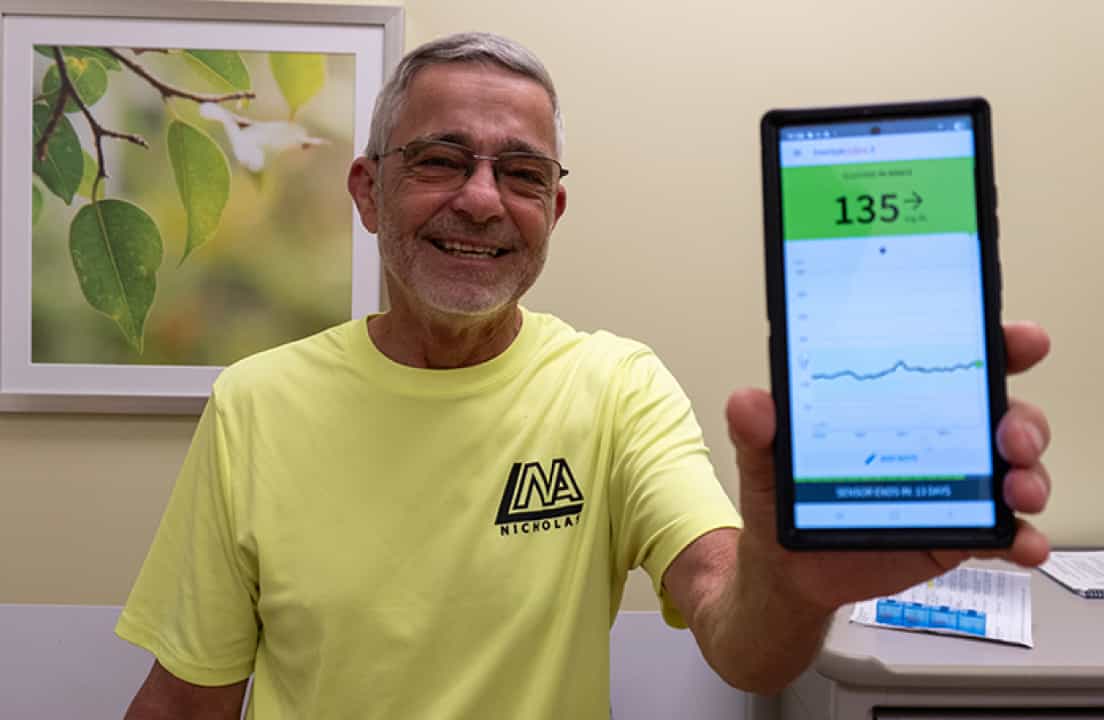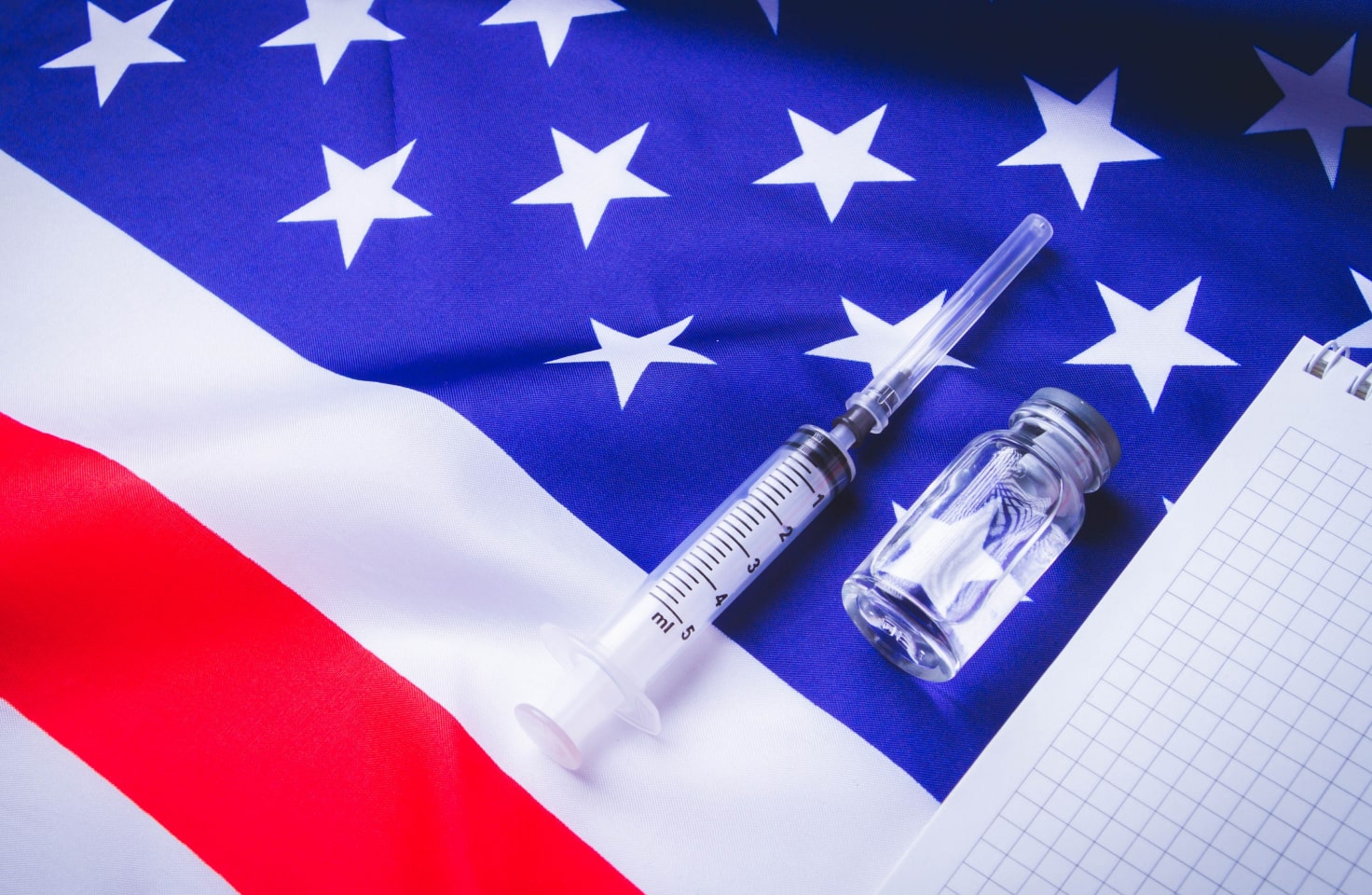T1D Guide
T1D Strong News
Personal Stories
Resources
T1D Misdiagnosis
T1D Early Detection
Research/Clinical Trials
Insulin Pens over Insulin Pumps?
As the summer gets closer and the outdoor activities increase, you might be considering a “pump holiday” — a switch to using insulin pens during the summer months in order to have more freedom for things like swimming and exercise. While a pump holiday might not work for everyone, if you and your doctor find it to be a good option for you, switching to pens might be on your agenda.

5 Things to Consider When Using Pens
I’ve exclusively used insulin pens for the past four years and have come to know the idiosyncrasies of using pens over a pump. So, whether you’re looking for a pump-free summer, are recently diagnosed and still using pens or are deciding to switch to pen usage for whatever reason, here is a breakdown of all the things to consider when using pens over an insulin pump.
1. Understanding Pens
Pen usage usually involves taking two different types of insulin—basal and bolus—to manage diabetes. This is called a basal-bolus routine.
Basal Shots
Basal shots refer to the long-acting insulin injected once or twice a day. This insulin stays in your system for the majority of the day and aims to keep your glucose levels stable. It is often referred to as “background insulin” as its dosage is not reliant on things like carbs or meals consumed. The amount of basal insulin taken is decided between you and your doctor and can vary widely from person to person, depending on their insulin resistance levels.
Bolus Shots
Bolus shots refer to the insulin injected right before consuming carbs. This is usually a fast or rapid-acting insulin, depending on your doctor’s prescription. Bolus is usually taken in the context of a ratio and depends on the amount of carbs you are planning to consume. The ratio of grams of carbs to the amount of bolus insulin taken is decided by your doctor.

When using insulin pens, it's important to know your personal habits and routines to ensure you won't miss or forget a dose. As someone who takes several different medications and supplements for various reasons, taking my daily basal insulin is just another part of my routine that I’ve become accustomed to.
I take all my medication at the same time every morning, which helps keep my blood sugar level regular and gives me a set routine to follow so I know I don't miss a dose. Be sure to communicate your routine with your doctor to find the best time for you to integrate taking daily insulin into your routine.
2. No Pump? No Problem!
As a relentlessly clumsy person, being pump-free has allowed me to bump, run or crash into objects and people to my heart's content — without fear that my insulin distribution will be impaired. But, for more than just clumsy people, going pump-free can mean an easier time doing more rigorous physical activities without worry that their pump may be compromised.
The lack of having an additional object attached to you is a large draw of the “pump holiday,” as summer breaks or vacations can be filled with a lot of water-based activities where a pump might be difficult to carry around. Most feminine-style swimsuits don’t come with pockets, or an easy way to attach a pump, and using pens can allow for insulin to be tucked into your bag rather than your bikini.
3. Pens Allow Me to Plan Ahead
When I'm doing activities during the day that I know may lower my blood sugar levels, like going on a hike, doing a long aerobic workout or having a drink with friends, I can plan ahead by taking less insulin either with my long-acting insulin dose or with my short-acting before I eat.
I like that I have more control over how much insulin is going into my body at any given time.
4. Be in the Sun, Even When Your Insulin Can't
According to Breakthrough T1D (formerly JDRF), insulin can start to become ineffective at 93 degrees Fahrenheit. While this may seem hotter than one might comfortably enjoy, your insulin can easily reach this temperature if not properly stored while sunbathing, sitting in a hot car or exercising in the middle of the day. Since a pen is not attached to your body, it can be tucked away in the shade or in an insulated bag to prevent over-exposing it to the heat while you continue with activities in the sun.
Keeping your insulin tucked away or in the shade can be a good alternative to keep it safe from spoiling. Additionally, products like the FRIO insulin carrying case or a mini cooler can be helpful in extra hot temperatures.

Personally, if I know I’m going to be out in the sun, I tuck my insulin into an insulated lunch bag alongside a couple of snacks for low blood sugar and general hunger, and I’m good to go!
Pro Tip: For more information about type 1 diabetes care in the summer, read up on 7 Summer Safety Tips with Type 1 Diabetes.
5. Drawbacks to Keep in Mind
As convenient as pens can be for the summer months or just for those with an active lifestyle, there can be drawbacks to using them. These include bruising at injection sites, losing or misplacing pens, and forgetting to take long-acting insulin daily if you’re not used to it in your routine.
Last year, I went through a stint of working four jobs while simultaneously being a full-time college student. During this time, I was so focused on the many things I was juggling that my diabetes slackened, and I found myself getting quick bites between classes or after work and barely remembering to take my insulin before I ate.
Once I decided to quit a few of my jobs, things slowed down, and I got back to being on top of injecting insulin. Having so much in my brain and going on in my life made it easy for taking my insulin to slip my mind — and my body and A1C suffered for it. Knowing your personal routines is important to keep in mind, and in conversation with your doctor, when deciding to use pens over a pump.

Final Thoughts
Going pump-free during the summer months may allow for more physical freedom when swimming or exercising and can make it easier to keep your insulin safe during the growing heat.
Ultimately, the choice to use a pen over a pump is a personal one that should be made by the individual in collaboration with their doctor and team. Diabetes is not a “one size fits all” diagnosis, and understanding the different options available is one way to customize your diabetes care to your personal goals and lifestyle.


.webp)





.webp)
.jpg)
.jpeg)

.webp)
.jpg)
.jpg)




.jpg)



.jpg)




.jpg)

.jpg)



.jpg)

.jpg)




.jpg)
.jpg)
.jpg)
.jpg)
.jpg)
.jpg)
.jpg)

.jpg)
.jpg)

.jpg)



.jpg)
.jpg)
.jpg)

.jpg)

.jpg)














.jpg)


.jpg)


















.webp)




















.webp)